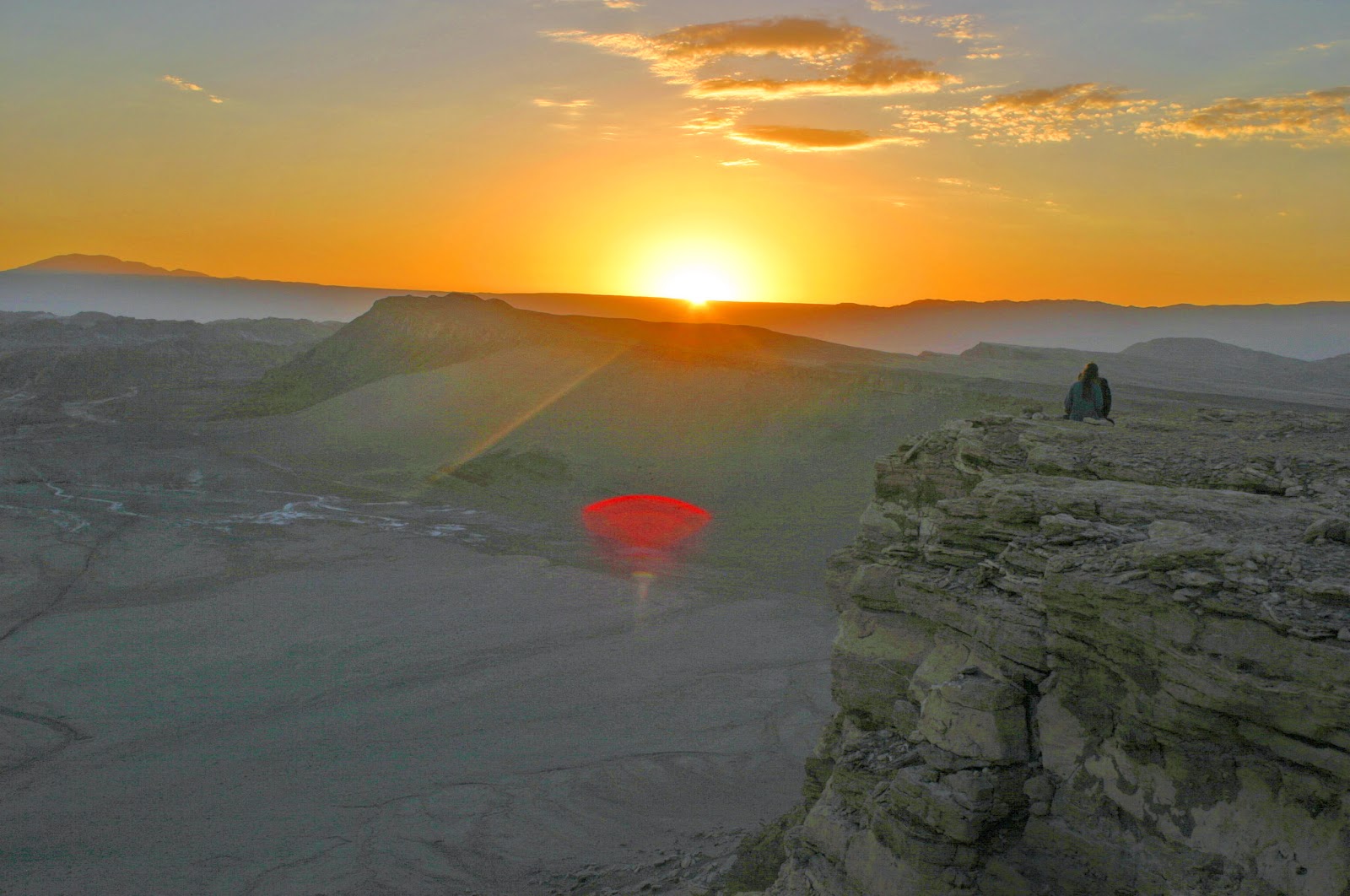 |
| Volcano Lincancabur above the Hotel Altiplanco |
As mentioned last week, we were lucky enough to have won
this trip through a contest sponsored by LAN airlines, Skorpio Cruise, ADS Mundo, SouthAmerica.travel
and Marmot Outdoor Gear. The contest was called the “Go to Extremes” and versus
the previous five days in Patagonia, the Atacama desert was a shock to the
system.
 |
| Valley of the Moon |
 |
| 15,420 feet in the Andes |
 |
| Viscacha |
 |
| Llamas in Rainbow Valley |
 |
| Main street San Pedro de Atacama |
 |
| Chilean Flamingo |
 |
| rolls with dipping sauce |
 |
| Allyu Vineyards in Toconau |
 |
| Early morning breakfast at Tatio Geysers |
On Monday, we left the hotel early to drive back to Calama for
our flight to Santiago, and the final segment of our trip. Check out the third segment of the trip,
as you’ll see how the South, North, East and West of Chile, affect the wine regions of Chile.
 |
| Sunset at Kari Canyon |
No comments:
Post a Comment